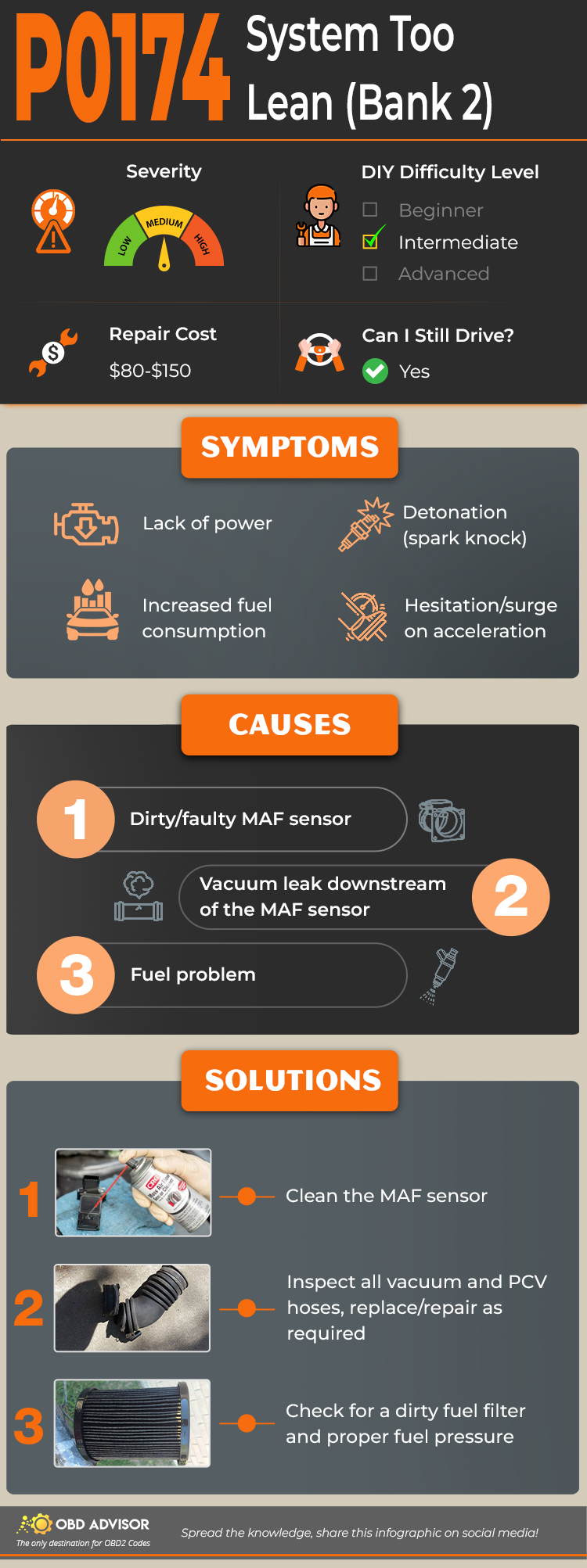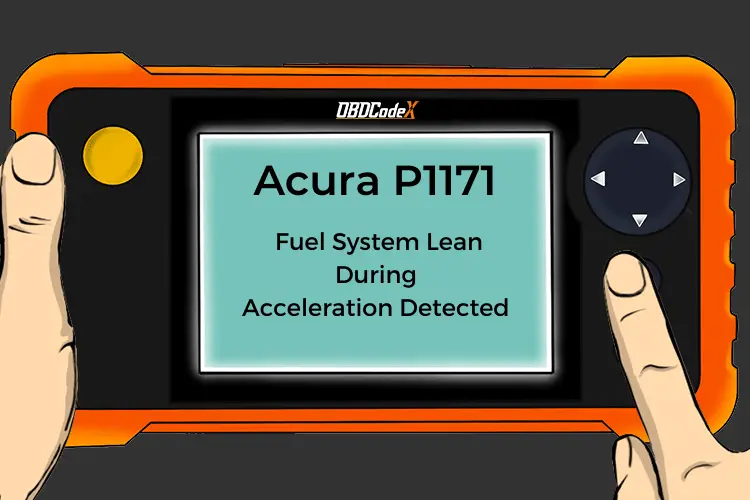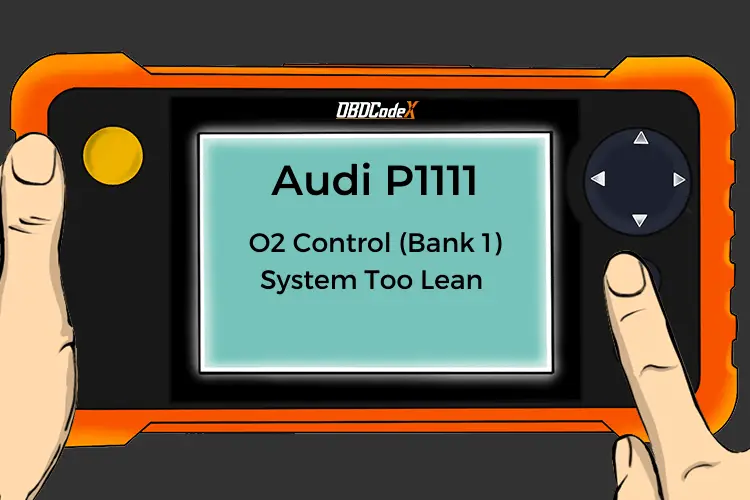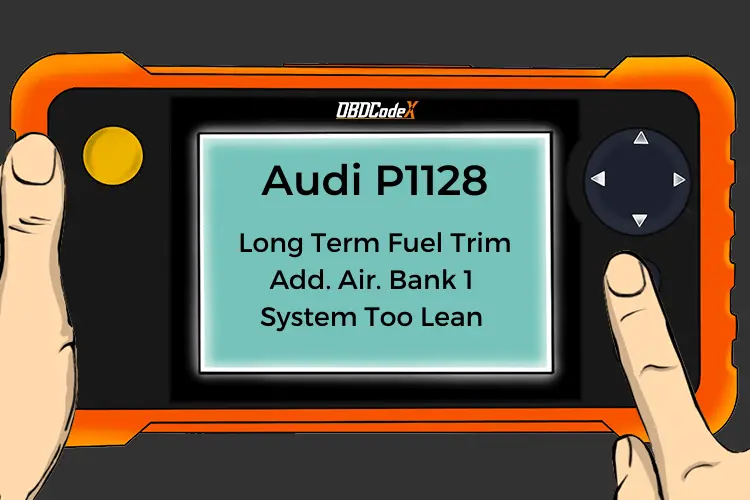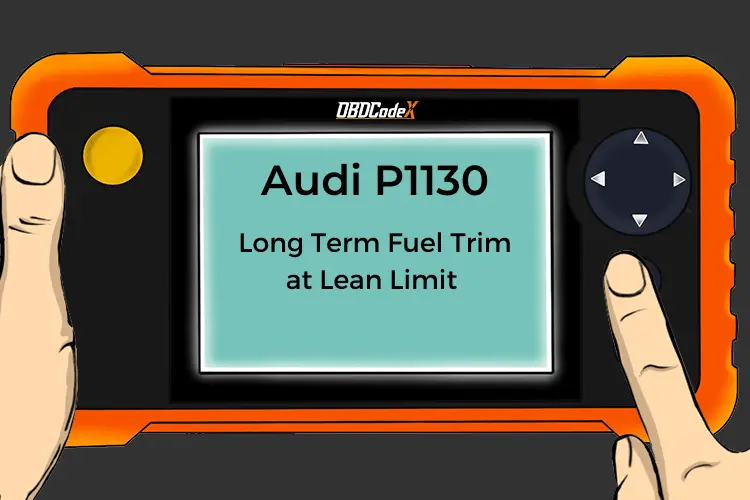P0174: System Too Lean (Bank 2)
Is your scanner showing P0174?
No worries. We'll show you what it means and how to deal with it.
P0174: System Too Lean (Bank 2)
OVERVIEWWhat Does The P0174 Code Mean?
Every vehicle has a PCM or ECM (powertrain / engine control module). It’s basically the “brain” or main computer of the vehicle, it’s job is to monitor a variety of sensor readings and use that information to run the engine in the most efficient operation given the current conditions.
Basically this P0174 code means that the upstream oxygen sensor in bank 2 reporting a lean condition (too much oxygen in the exhaust). On V6/V8/V10/V12 engines, Bank 2 is the side of the engine that doesn’t have cylinder #1.
The engine uses what are called O2 or oxygen sensors in the exhaust stream to determine the air to fuel ratio of the exhaust leaving the engine. The PCM (or ECM) uses that information to determine how much fuel to inject via the fuel injectors many times per second.
The ideal air:fuel ratio is 14.7:1. The PCM can adjust the amount of fuel by adding more fuel or taking away fuel to keep the engine operating efficiently and with low emissions.
If an O2 sensor is telling the PCM through it’s reading that the exhaust has too much air in it, the PCM compensates by adding more fuel. In this case it’s adding more fuel to bank 2. The PCM will only adjust up to a certain point to the amount of fuel that it will inject in an attempt to bring that air:fuel ratio as close to optimal as possible.
When the PCM has reached it’s limit on how much fuel it will inject but the front (upstream) bank 2 oxygen sensor still detects a lean condition, the PCM will continue to command a higher than normal amount of fuel to bank 2 and will trigger this code and illuminate the MIL (malfunction indicator lamp).
So there’s an interesting point to be made now, though. This code could be set because the PCM thinks it’s sending more fuel to bank 2 injectors but in reality they’re not actually putting out more fuel. So in other words this code could be set due to a fueling problem. Additional possible causes for this code are listed a little further down in this article.
Note: This DTC is very similar to P0171 which is a lean code for bank 1, and in fact your vehicle may show both codes at the same time. In the case of some Ford’s (e.g. 4.6L or 5.4L V8’s) it’s common to see P0171 and P0174 at the same time.
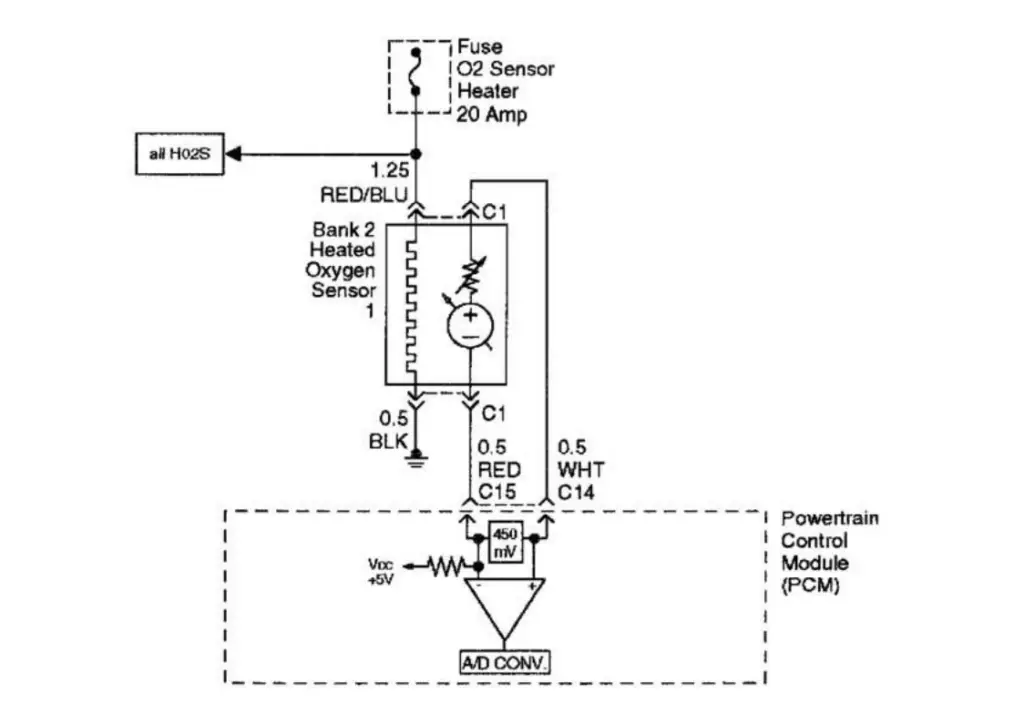
P0174 wiring diagram
What Are The Symptoms Of The P0174 Code?
You will more than likely not notice any drivability problems as a result of a P0174, although there may be symptoms such as:
- lack of power
- increased fuel consumption
- detonation (spark knock)
- hesitation/surge on acceleration
What Are The Potential Causes Of The P0174 Code?
A code P0174 may mean that one or more of the following has happened:
- The MAF (Mass Air Flow) Sensor is dirty or faulty (if equipped). Note: The use of “oiled” air filters can cause the MAF to become contaminated if the filter is over-oiled. There is also an issue with some vehicles where the MAF sensors leak the silicone potting material used to protect the circuitry.
- There could be a vacuum leak downstream of the MAF sensor
- Fuel problem (rail/injectors/pump/regulator)
How Can You Fix The P0174 Code?
If you find yourself with this code, do not just assume the O2 oxygen sensor is bad and replace it first! Please do proper diagnosis before even buying parts. Proper step-by-step diagnosis will save you money in the long run, and you’ll generally learn new things.
We can’t give vehicle specific repair steps because it can vary depending on the year, make, model, and engine of your particular vehicle. We do, however provide some general diagnostic information that will hopefully help you solve your P0174 lean code.
Possible solutions include:
- In many cases, simply cleaning the MAF sensor does the trick. Consult your service manual for it’s location if you need help. I find it’s best to take it off and spray it with electronics cleaner or brake cleaner. Make sure you are careful not to damage the MAF sensor, and make sure it’s dry before reinstalling
- Inspect all vacuum and PCV hoses, replace if necessary
- Check for a dirty fuel filter and proper fuel pressure
Recommended Parts
Below are some recommended auto parts to help you address the trouble code affecting your vehicle and get it running smoothly again:
Note: During the purchasing process, please check carefully whether the part you want to buy fits your car!
Check This Video For Reference
P0174 Infographic - 1 Minute Summary
